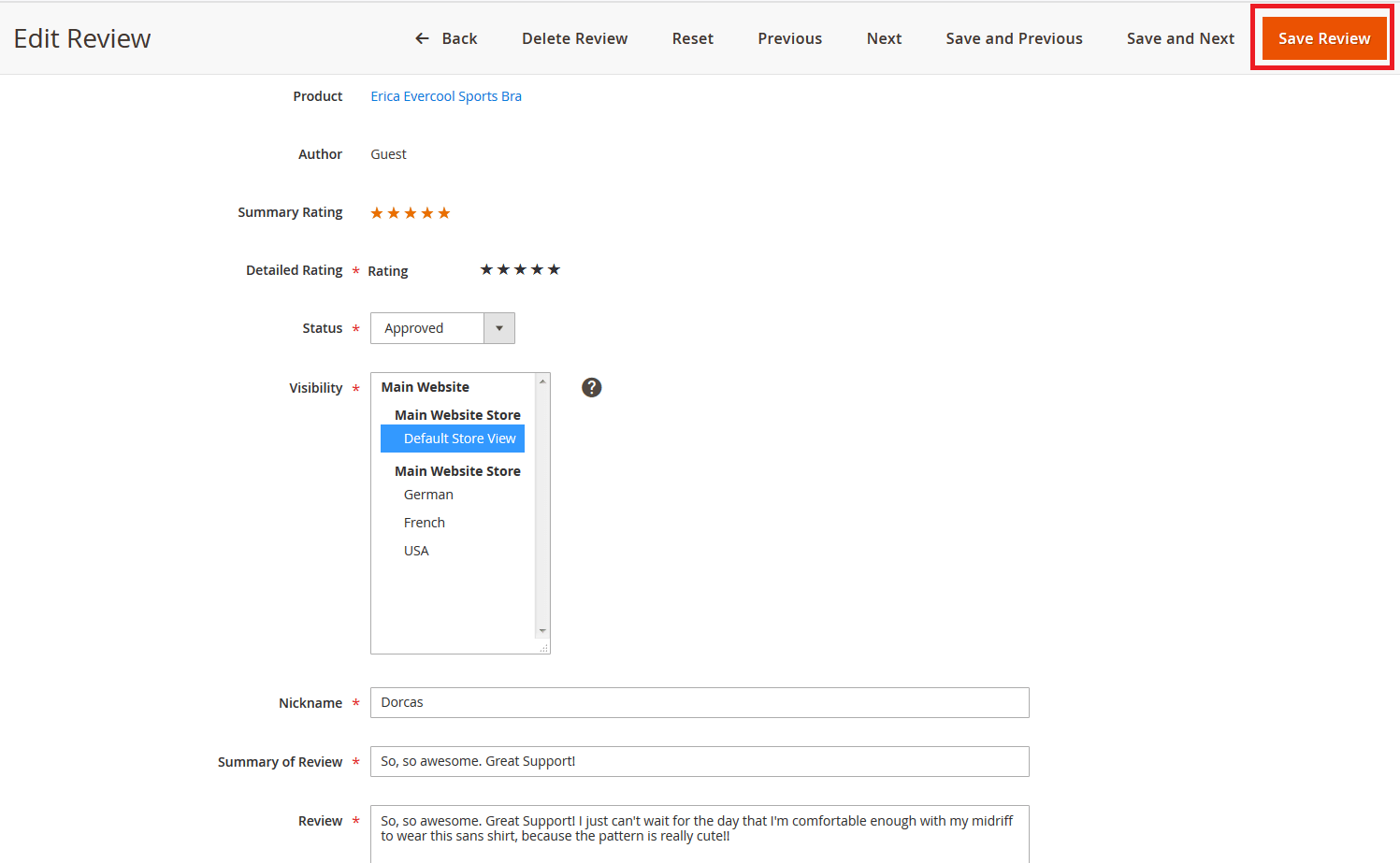
Before version 1.2, EditReady didn’t yet support formats like AVCHD or HDV, so editors had to choose between the two, or purchase both.

With EditReady, you can still do either rewrap or transcode, but the name doesn’t immediately imply either one specifically. On the other hand, EditReady’s name does not imply one or the other. Often the transcoded file is a much larger, i-frame códec. To transcode the original file into a different, more friendly códec, also creating a single file.The first path, which is quite implicit in its name, is to rewrap the original file (like AVCHD, with its painful labyrinth of folders, subfolders, and sequential files) into a single file, maintaining its original códec, without re-encoding anything or making it substantially larger in size.At least since 2011, ClipWrap has actually offered two possible paths to make that happen. A quick comparison of the two appsīoth ClipWrap and EditReady were created mainly to make camera formats that are not (yet) edit friendly more easily acceptable by your editing program. Here is a link to my 2011 article: PsF’s missing workflow, Part 8: ClipWrap to the rescue. For ClipWrap customers, they are offering a $29.95 crossgrade. Ahead you’ll learn all about it.ĭivergent Media says that the US$49.99 EditReady 1.2 is a free upgrade for EditReady customers.

Editready 2 review update#
They answered with a big yes, with pre-release info about the EditRead 1.2 update that was released earlier this week. So I asked whether they were now favoring their EditReady instead. More recently, I was surprised to see how ClipWrap’s creator -Divergent Media- added support for professional XAVC Long GOP to EditReady, and did not do so with ClipWrap.

Since 2011, I have appreciated how ClipWrap added proper support for malignant PsF within just days of my initial request, alleviating the woes of many Canon AVCHD camera owners who appreciated pure progressive without any unnecessary de-interlacing.


 0 kommentar(er)
0 kommentar(er)
